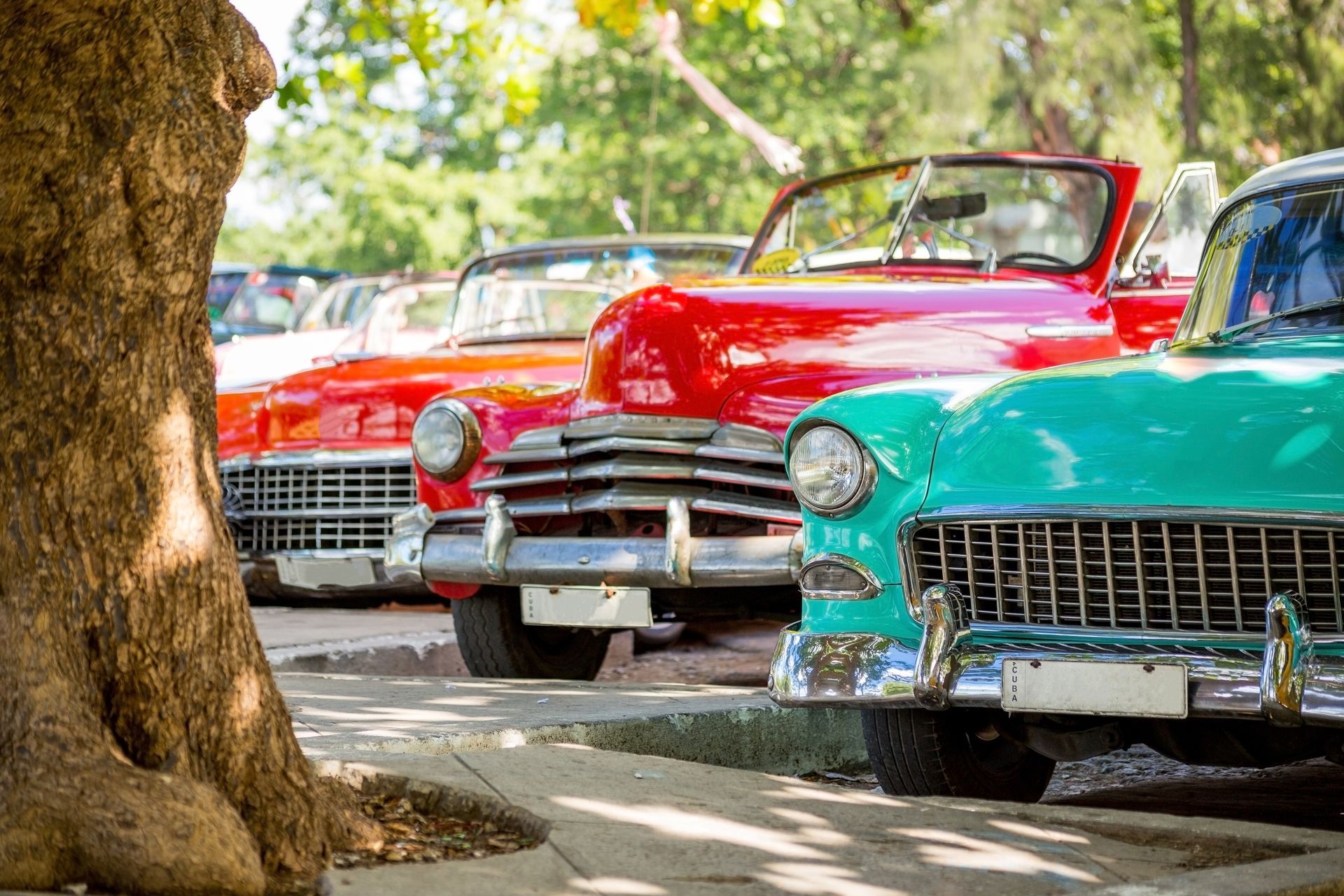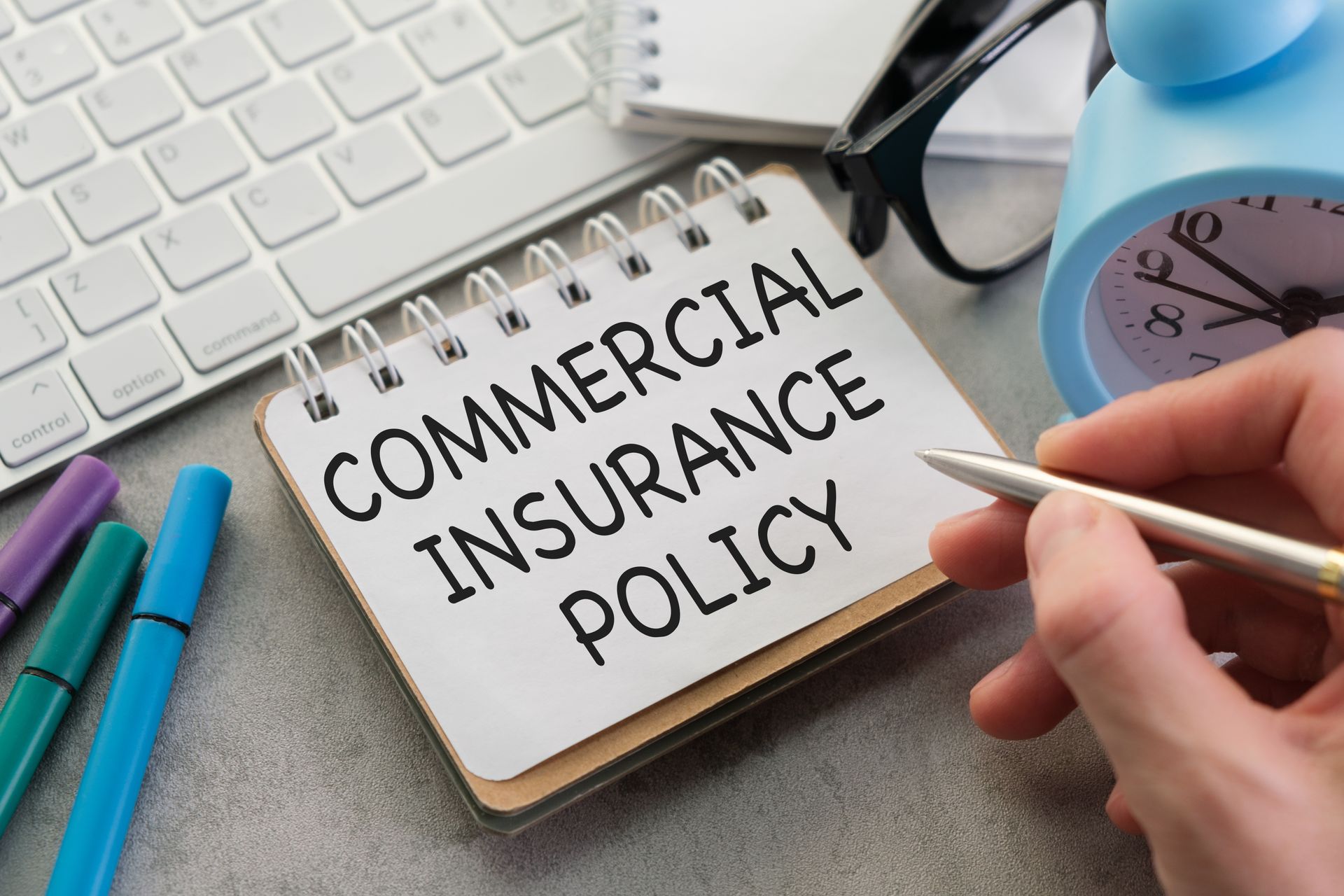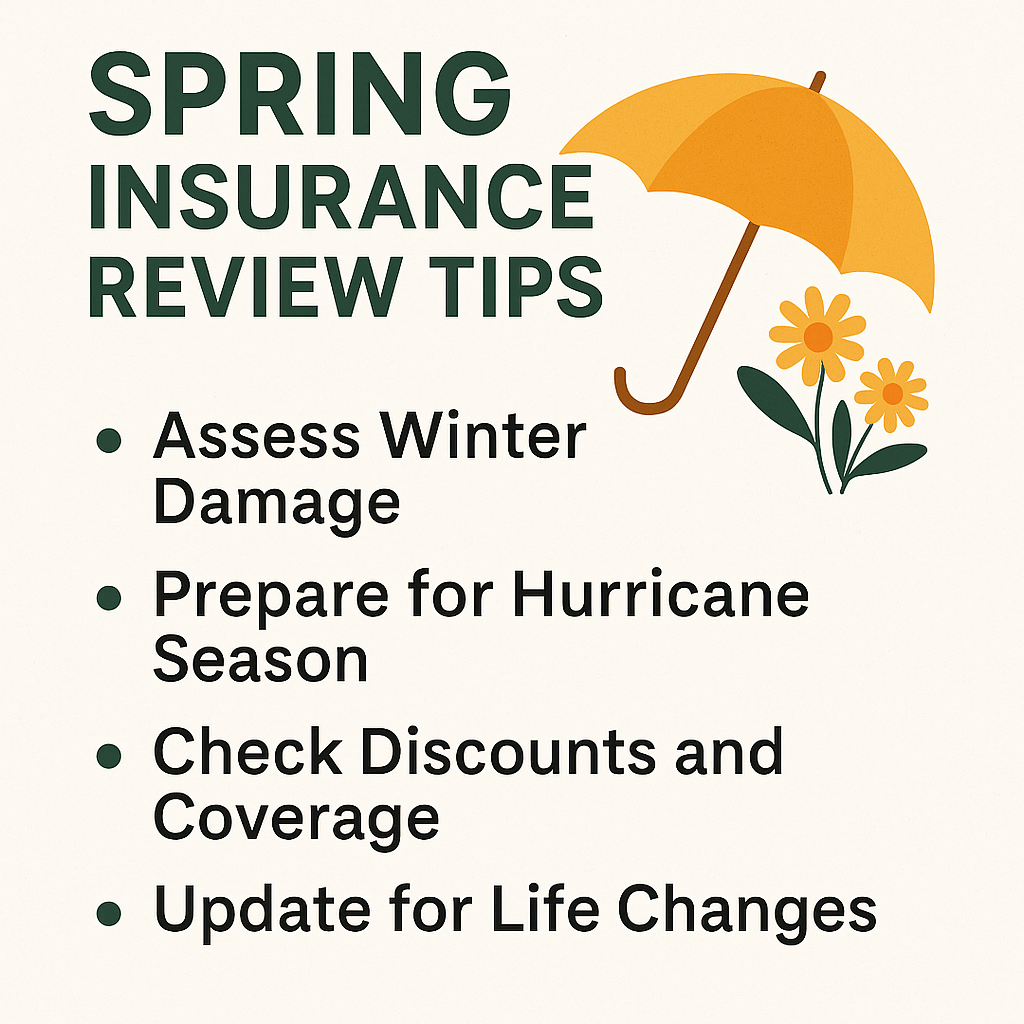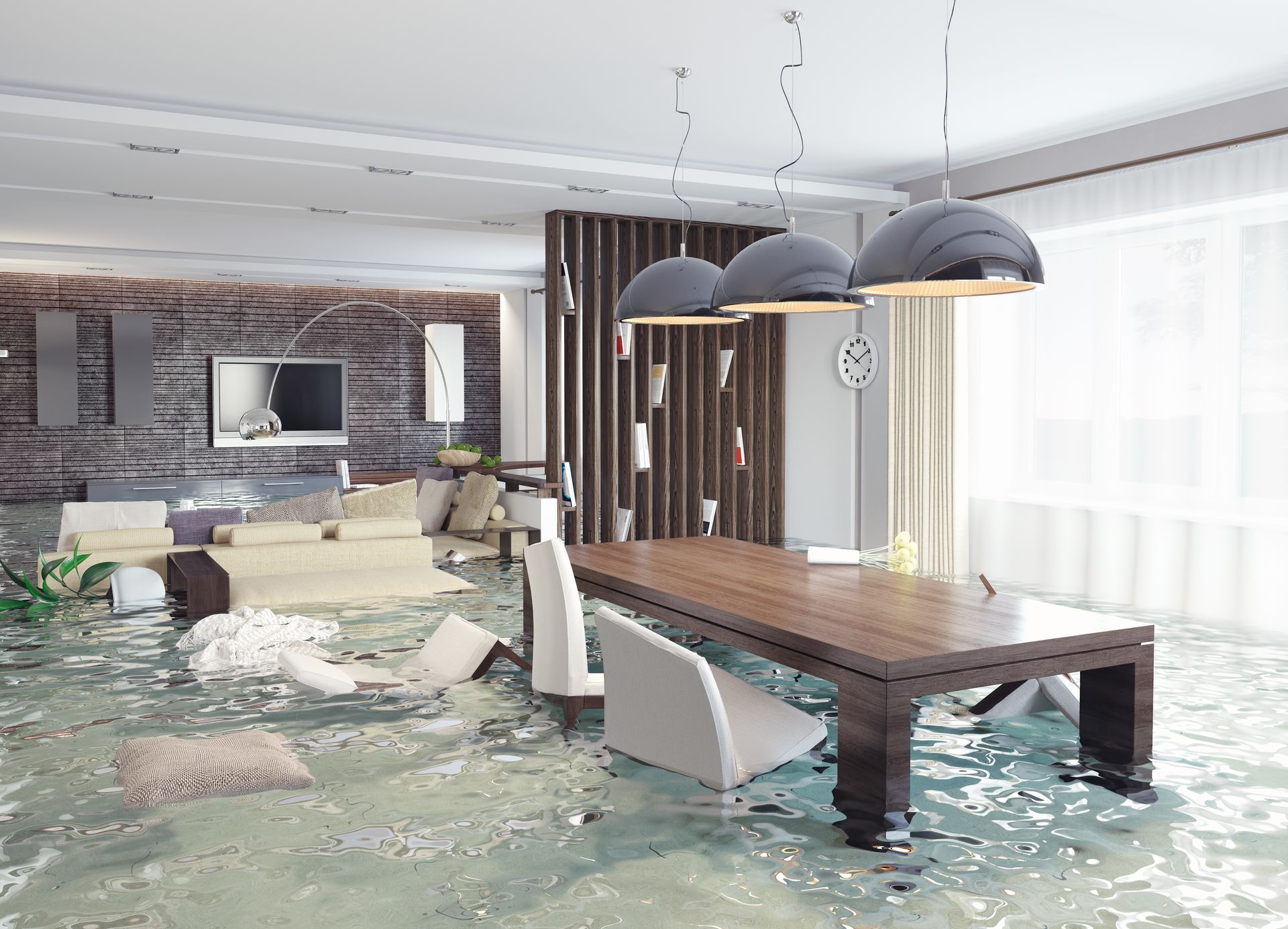
So you've got that gorgeous '67 Mustang sitting in your garage, or maybe a pristine '73 Porsche 911 that turns heads wherever you go. Classic cars are more than just vehicles—they're pieces of rolling history, investments, and often the crown jewels of their owners' collections. But here's the million-dollar question (sometimes literally): is your classic car properly covered?
Understanding the difference between lay-up and daily use insurance policies could save you thousands of dollars and major headaches down the road. Let's dive into everything you need to know about protecting your vintage beauty.
What Makes Classic Car Insurance Different?
Before we get into the nitty-gritty of policy types, it's important to understand why classic cars need special insurance in the first place. Your everyday Honda Civic and your 1965 Shelby Cobra have completely different values, uses, and risks.
Classic cars typically appreciate in value rather than depreciate, they're driven less frequently, and they're often stored in secure locations. This unique profile means standard auto insurance just doesn't cut it—you need coverage that reflects your car's true worth and usage patterns.
Most insurers consider a car "classic" or "antique" if it's at least 15-25 years old, has historical significance, is well-maintained, and is used primarily for pleasure driving rather than daily transportation.
Lay-Up Insurance: The Winter Hibernation Coverage
What Is Lay-Up Insurance?
Think of lay-up insurance as your classic car's winter coat. This type of coverage is designed for vehicles that are stored for extended periods—typically during harsh winter months when road salt and rough conditions could damage your pristine paint job or undercarriage.
Lay-up policies are perfect for fair-weather drivers who tuck their classics away from October through March. The coverage is significantly cheaper than year-round policies because your car isn't exposed to the risks of regular driving.
What Does Lay-Up Insurance Cover?
- Comprehensive coverage for theft, vandalism, fire, and weather damage
- Storage-related risks like falling objects in your garage
- Transportation coverage if you need to move your car to a different storage location
What It Doesn't Cover
Here's the crucial part: lay-up insurance typically does not include liability or collision coverage. This means if you decide to take your car for a spontaneous Sunday drive while it's on a lay-up policy, you could be in serious trouble if an accident occurs.
Daily Use Insurance: Full-Time Protection
When You Need Daily Use Coverage
Daily use insurance is exactly what it sounds like—comprehensive protection for classic cars that see regular road time. This doesn't necessarily mean you're commuting to work in your '69 Camaro SS (though some lucky folks do), but it covers you for regular pleasure driving, car shows, weekend cruises, and unexpected trips.
Complete Coverage Package
Daily use policies typically include:
- Liability coverage (required by law in most states)
- Collision coverage for accident damage
- Comprehensive coverage for non-collision incidents
- Uninsured/underinsured motorist protection
- Medical payments coverage
Many classic car insurers also offer specialized features like:
- Agreed value coverage (you and the insurer agree on your car's value upfront)
- Spare parts coverage for those hard-to-find original components
- Roadside assistance with flatbed towing to protect low-riding classics
Making the Right Choice for Your Situation
Consider Your Driving Habits
Be honest about how you actually use your classic car. Do you:
- Only drive it to summer car shows and occasional weekend trips?
- Take it out regularly for errands and social events?
- Store it for months at a time during winter?
- Live in a climate where you can drive year-round?
Seasonal Switching Strategy
Here’s a tip that many classic car owners don’t realize: you can often switch between daily use and lay-up coverage depending on the season. This lets you save money while still keeping your car protected when it matters most.
For example, you might keep full coverage from spring through fall, then switch to lay-up coverage during the winter while your car is stored. Just be sure to check with your insurance provider about how the switch works and whether there’s any risk of gaps in coverage during the transition.
Geographic Considerations
Your location plays a huge role in determining the right coverage. Classic car owners in Florida might need year-round daily use coverage, while those in Minnesota might benefit from a seasonal approach due to harsh winters and road salt concerns.
Common Mistakes to Avoid
The "Just One Quick Drive" Trap
This is the classic car insurance nightmare scenario: your vintage Corvette has been on lay-up coverage all winter, but it's a beautiful 60-degree day in February. You think, "What's the harm in one quick drive?"
If you get into an accident during that "quick drive," you could find yourself with zero liability coverage and facing potentially devastating financial consequences.
Underestimating Your Car's Value
Many owners make the mistake of insuring their classic car for what they paid for it years ago, not what it's worth today. Classic car values can fluctuate significantly, and an outdated policy could leave you severely underinsured.
Ignoring Policy Restrictions
Read the fine print! Some classic car policies have restrictions on:
- Annual mileage limits
- Where you can store the vehicle
- Who can drive the car
- What types of events you can attend
The Bottom Line: Protection That Makes Sense
Choosing between lay-up and daily use insurance isn't just about saving money—it's about having the right protection for how you actually use your classic car. The wrong choice could leave you financially vulnerable or paying for coverage you don't need.
Consider factors like your climate, storage situation, driving frequency, and budget when making your decision. And remember, your needs might change over time as your circumstances evolve.
Ready to Protect Your Classic Investment?
Don't leave your vintage beauty vulnerable to the wrong type of coverage—or worse, no coverage at all. Every classic car is unique, and your insurance should be too.
Ready to find the perfect insurance solution for your classic car? Our experienced team at Innovative Insurance Group specializes in protecting vintage vehicles and their owners. We'll help you understand your options and find coverage that fits both your car and your lifestyle.
Contact us today to discuss your classic car insurance needs and get a personalized quote that protects what matters most to you.










